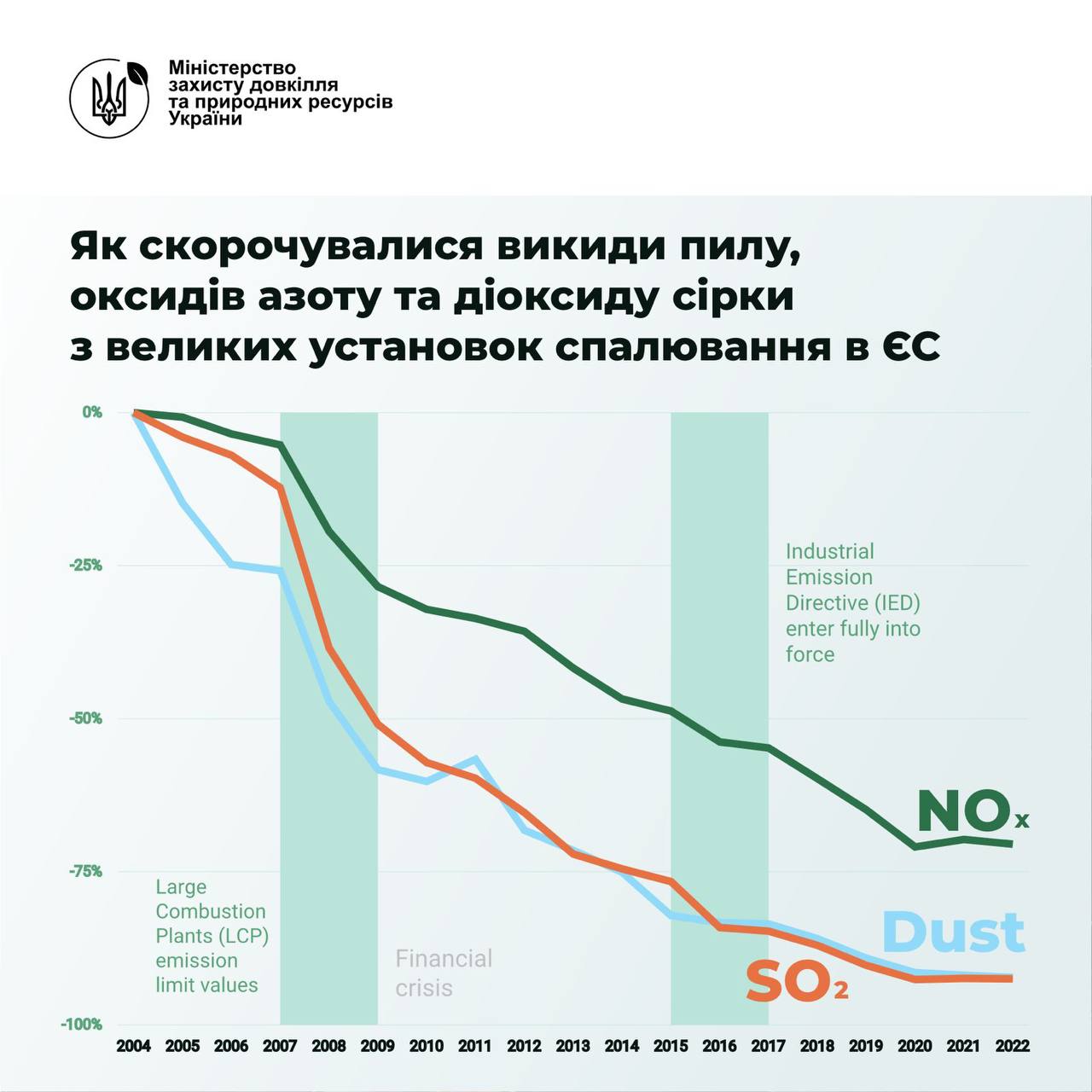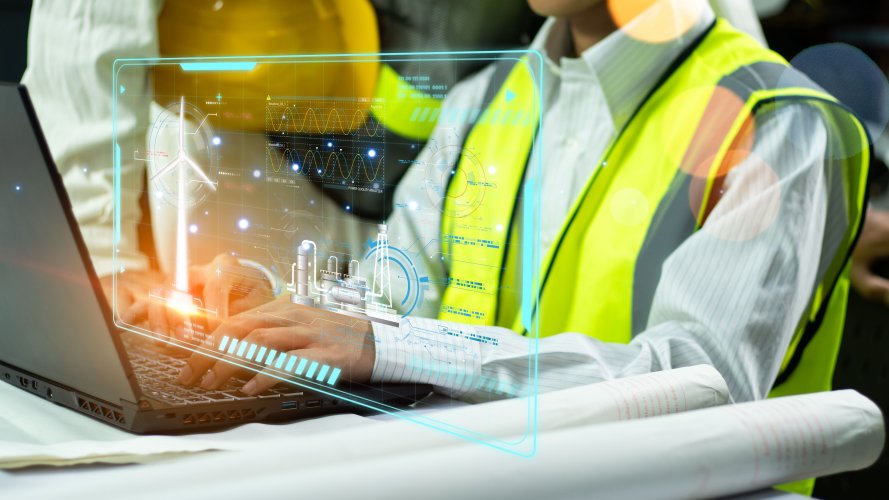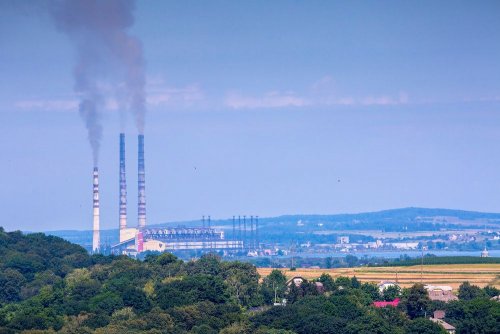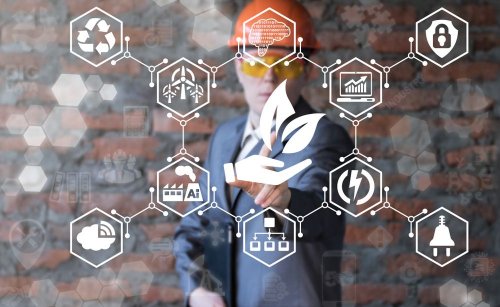European integration of Ukraine requires a large-scale adaptation of Ukrainian legislation to the European one. Sometimes this entails the introduction of fundamentally new approaches, standards and rules. And the environment is no exception.
EcoPolitic continues a series of publications to help its readers understand the new environmental rules by which domestic business will live, taking into account the implementation of European norms in the Ukrainian legal field. Today we are talking about BAT.
What is BAT
The best available technologies and management methods (BAT – best available techniques) are the most effective technologies for environmental protection, which are developed taking into account the specifics of certain sectors of industry and economic feasibility. They also include such methods of operation of industrial facilities that prevent or, if this is not possible, reduce pollution and negative environmental impact.
For the first time the concept of BAT appears in the 84/360/ЄYeS Directive in 1984. This document counteracted air pollution by industrial facilities. It referred to the "best available technologies that do not involve excessive costs" (BATNEEC – best available techniques not entailing excessive costs). In 1996, the 84/360/ЄYeS Directive replaced the more progressive 96/61/ЄS Directive on integrated pollution prevention and control, and in 2010, the 2010/75/ЄS Directive on industrial emissions, which is currently in force, became the successor to Directive 61.
How to decipher BAT
BAT is now one of the key elements of the Industrial Pollution (Integrated Pollution Prevention and Control) Directive 75. The question often arises: what exactly is meant by each of the elements of this abbreviation? Let's figure it out:
The best — the most effective from the point of view of environmental protection.
are available — developed on a scale that allows their implementation in a certain industrial sector; have practically feasible economic and technical conditions, taking into account costs.
Management technologies and methods — applied technologies, as well as installation design and construction technologies, issues of operation and decommissioning.
Today, 21 BAT conclusions (BAT conclusions) are valid in the European Union. These documents set emission standards for installations in various industries.
Which enterprises are covered by Directive 75
More than 52,000 industrial facilities that fall under the provisions of this directive operate on the territory of the European Union.
They include:
- power plants;
- oil refineries;
- steel production;
- production of non-ferrous metals;
- cement production;
- lime production;
- glass production;
- production of chemicals;
- pulp and paper production;
- food and beverage production;
- waste treatment facilities, including their incineration;
- facilities for intensive breeding of poultry or pigs.
All of them are required to use the best available technologies and management methods. It is a key tool for the EU to regulate their emissions.
Read in more detail about how the EU carried out eco-modernization of its industry in our material.
What is the Seville process
It is worth noting that the development and updating of BAT is ongoing in the EU. This process is called Seville. In 2023, Ukraine received an invitation to join it and participates in the process as an observer.
At the European Commission's Joint Research Center in Seville, Spain, government, business and the public work together and on an ongoing basis to review the best available technologies and management practices. In this way, the updating of environmental standards and reduction of industrial emissions takes place continuously. Then European enterprises gradually introduce new BAT into their production processes.
What are the difficulties faced by enterprises in the EU when implementing BAT
When implementing the requirements of Directive 75, the EU member states faced certain problems. Among them were, for example, the following:
- Short deadlines for the implementation of BAT for some objects.
- Problems with national implementation.
- The question of the application of indents.
- Frequency of monitoring.
- Interpretation of provisions of BAT.
But despite the challenges, EU enterprises have gradually adapted to the new environmental requirements. In the EU, there is a significant reduction in emissions with simultaneous economic growth.

Source: t.me/mindovkillia.
When BAT will be introduced in Ukraine
Our country has already started the implementation process of Directive 2010/75/EU. One of the steps was the adoption on July 16, 2024 of Law No. 11355 "On Integrated Prevention and Control of Industrial Pollution."
According to Art. 29 of this document, the application of BAT conclusions for installations already put into operation will begin no earlier than 4 years from the date of termination or cancellation of martial law, and for installations that are put into operation for the first time – from the day such conclusions enter into force.
The next important task for the implementation of Directive 75 is the adoption of the conclusions of the BAT. The Ministry of Environmental Protection and Natural Resources of Ukraine assures that they are actively working on its implementation.
Approval of BAT, on the one hand, specifies the requirements for enterprises, and, on the other hand, will help reduce their negative impact on the natural environment.
We will remind, in July The Ministry of Environment finalized it translated into Ukrainian European reference document BAT for the production of cement, lime and magnesium oxide. In particular, the specialists agreed the national technical terminology with the terminology of the European Union.
As EcoPolitic reported earlier, in December 2022 the relevant ministry made public the first reference documents on the Best Available Techniques and Management Practices/BREFs for production iron and steel, cement, lime and magnesium oxide, as well as about energy efficiency. In March 2023 The Ministry of Environment published updated BAT for ferrous and non-ferrous metallurgy. In May of the same year the ministry made public newly translated reference documents on best available technologies and management practices for production glass and ceramics. And in July 2023 the department called the public to familiarize themselves with the published BAT regarding air emissions, surface treatment with organic solvents, blacksmithing and foundry industry and join the discussion.





